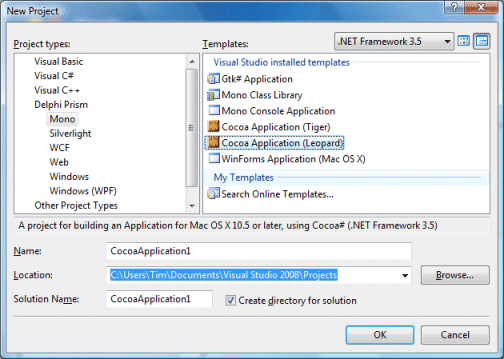Yesterday I took a seminar with a small number of people from schools and colleges in the UK, who had purchasing responsibility for software.
I talked about some of the history, differences between the products, the ISO standardisation wars, the ribbon, and the way Microsoft’s pricing escalates in order to charge the maximum to business users. I also mentioned online alternatives like Google docs and asked whether they could contemplate switching entirely to a web-based productivity suite.
It is always interesting talking to people with a real-world perspective, in contrast to the hothouse of Internet discussions and attempting to follow what is happening at the bleeding edge. What I found:
- These folk knew about OpenOffice.org but none use it regularly themeselves; one had a reasonable number of students using it, but only because they were using netbooks running Linux. Not very encouraging for OpenOffice.org since the buzz is that netbooks are increasingly switching to Windows.
- There was very little interest in ISO standards. On the other hand, there was real concern about interoperability, which is related. However, the best solution at the moment is to use Microsoft’s old binary formats throughout. Filters in MS office for OpenDocument, and in OpenOffice.org for Open XML, will be welcome.
Incidentally, I used Office 2007 PowerPoint for the session. I tried to open the .pptx in OpenOffice.org 3.0; it worked, but there were extra borders round objects and some unwanted text. I saved from Office 2007 as .ppt, re-opened in OpenOffice.org. It was perfect. - Some had already rolled out Office 2007, and reported that the Ribbon UI was better for new users, but caused problems for some who were familiar with the old menus. Mainly a training issue.
- Education gets generous pricing for MS Office. There was interest in saving money by using OpenOffice.org, but the sums involved are relatively small. We discussed the ethical issue – whether it is right to get young people hooked on a product that will cost them or their businesses dearly later on – but this particular group didn’t engage with this much. Little desire to change the world; focused on getting their work done.
- I mentioned the negative Becta report on Vista and Office 2007, which I also looked at again in preparation. I was struck again by what a poor report it is, ducking important issues and giving a rose-tinted view of ODF, though I am in sympathy with Becta’s efforts to promote choice and open source in education. However, none of this group had read the report, or even heard of it. Becta is a government organization focused on technology in education.
- There was little enthusiasm for web-based office suites. Interest perked up a little when I mentioned Google Gears and the possibility of seamless online/offline use. One person said his school was rural and could not get broadband at all.
My overall impression is that Microsoft Office remains dominant in the institutions represented by this group, and that seems unlikely to change soon. The web-based suites have more chance of breaking the habit, since they represent a more fundamental shift than simply moving from one fat desktop application to another.
I would likely have got a better attendance for a seminar on rolling out Office 2007.


